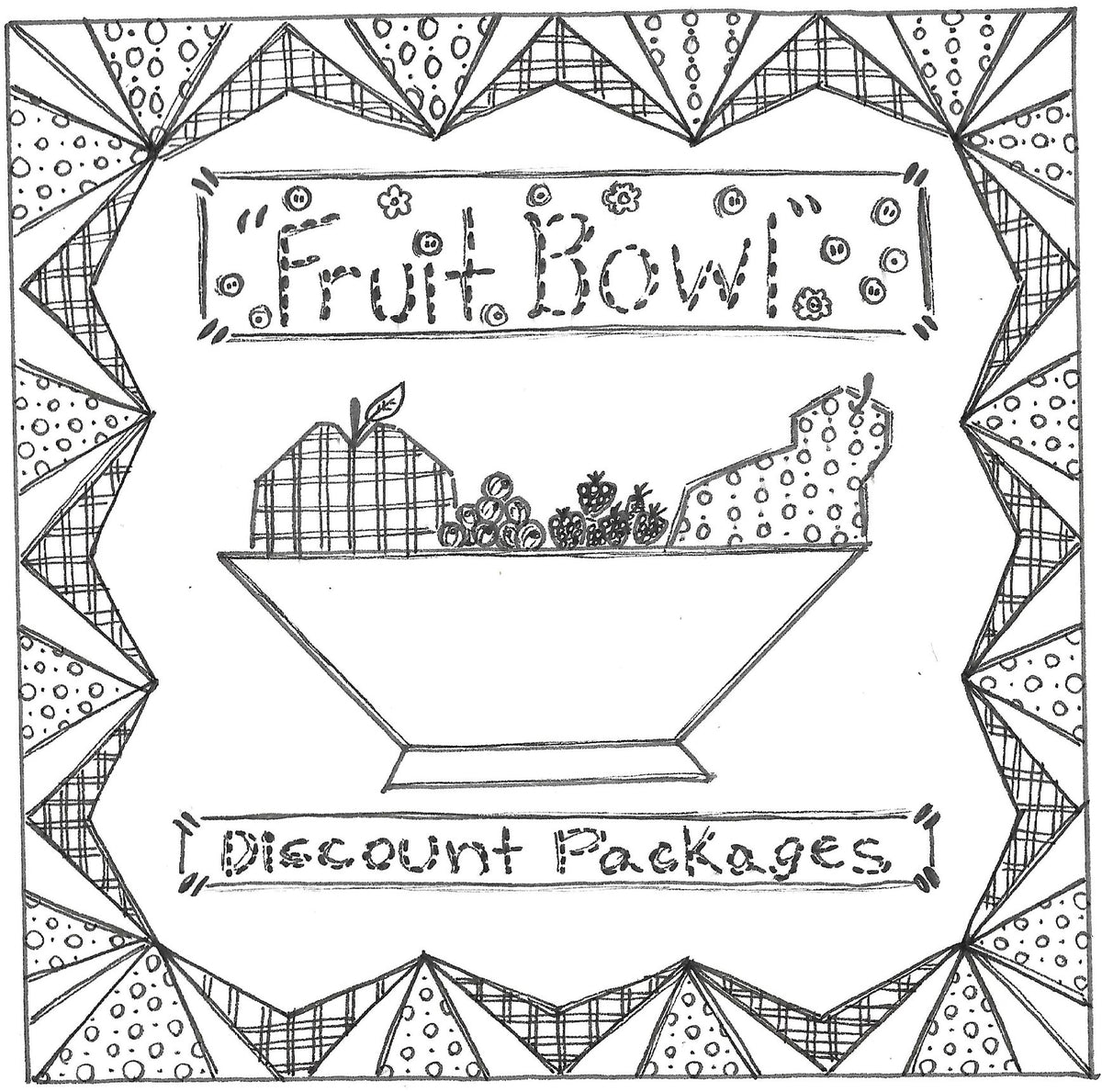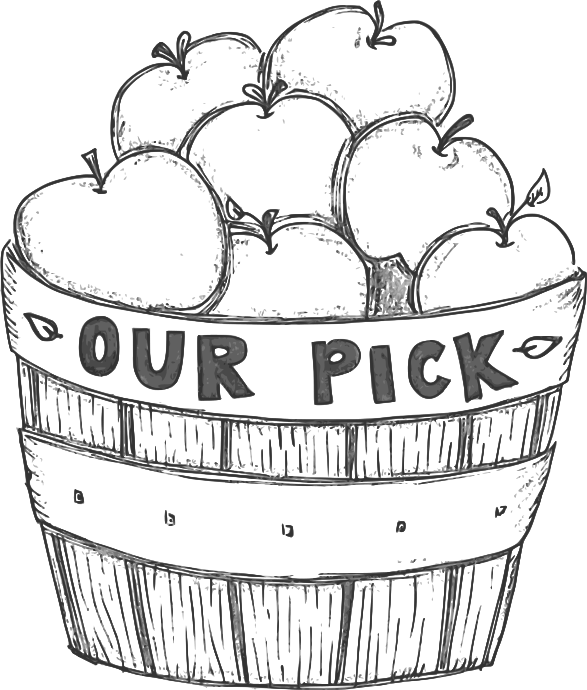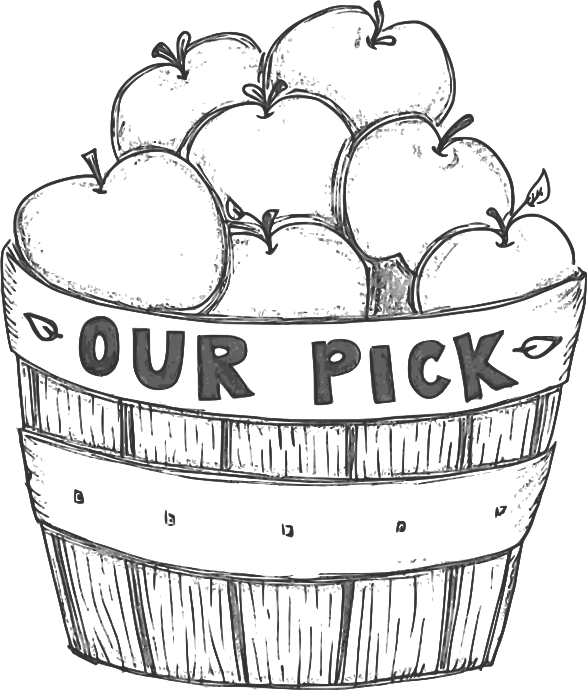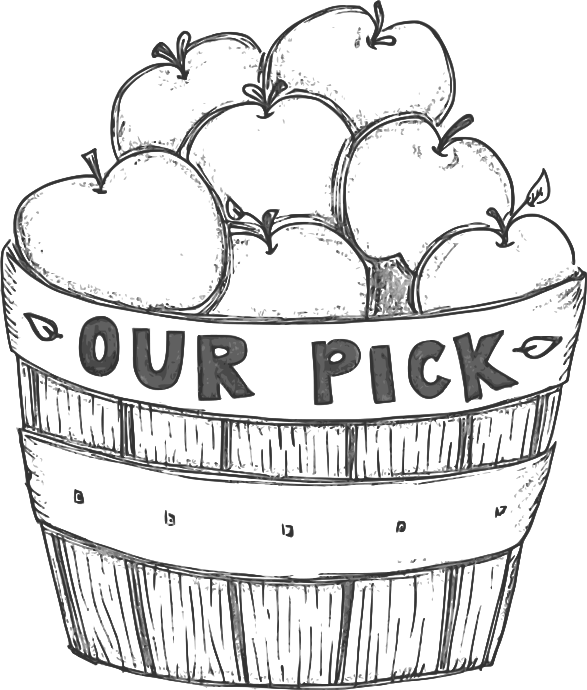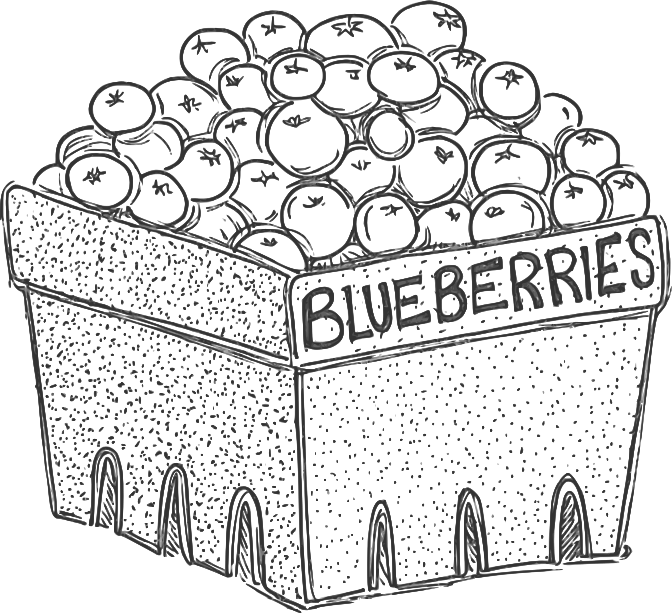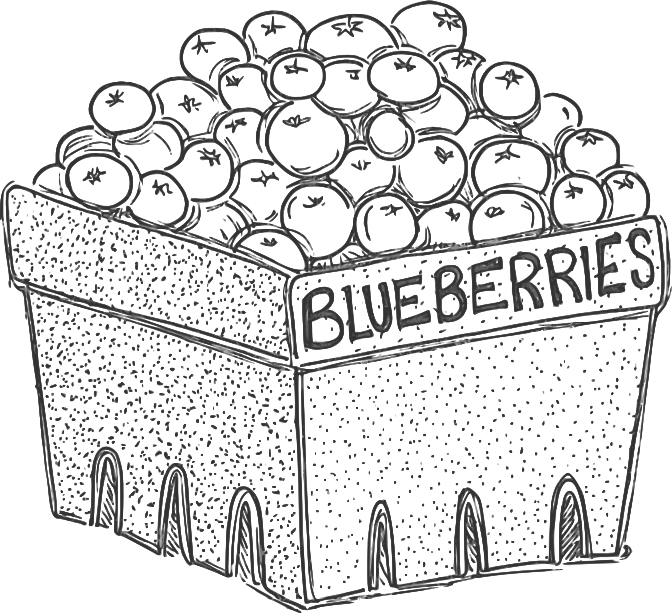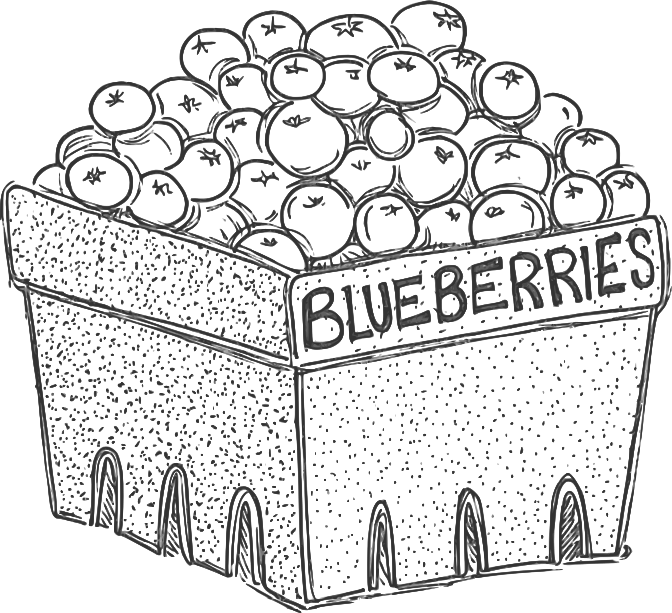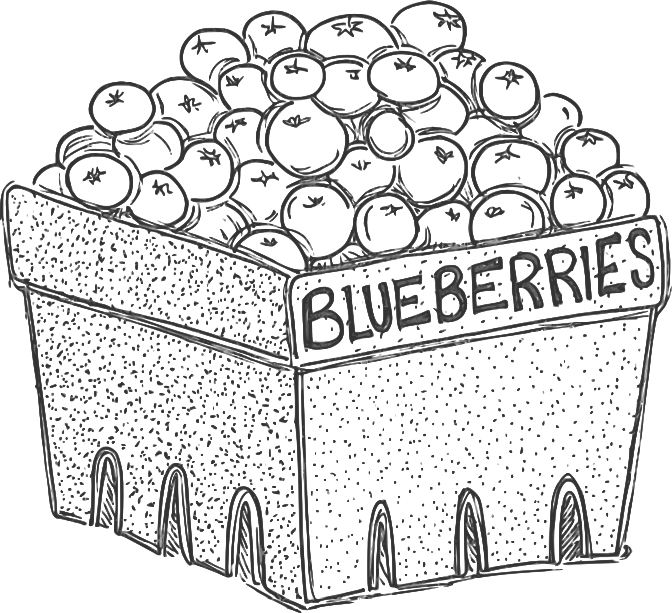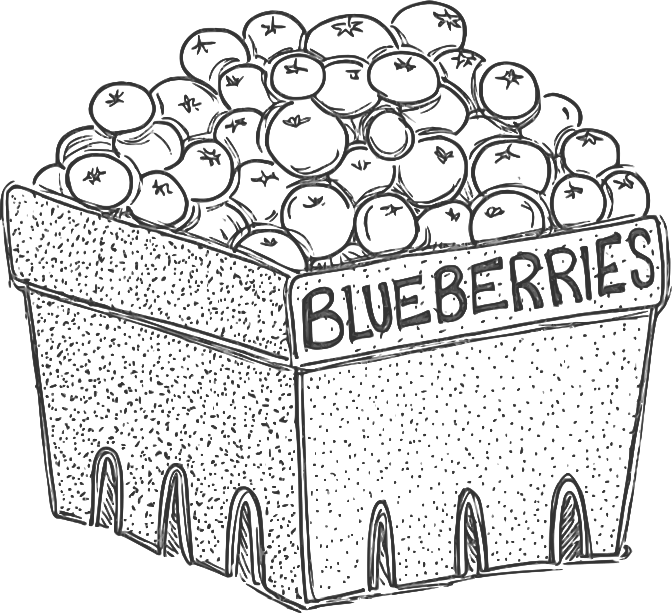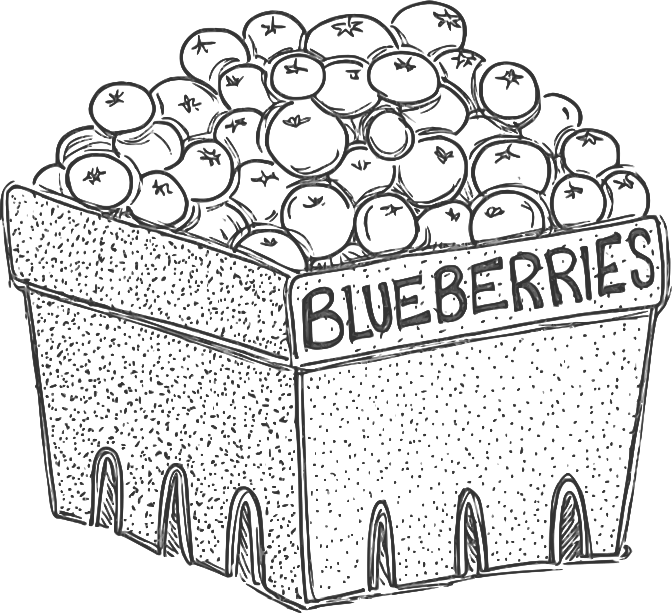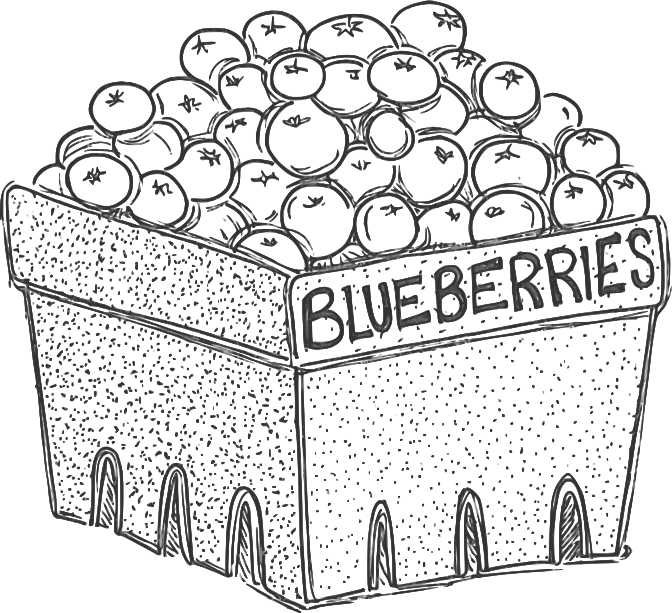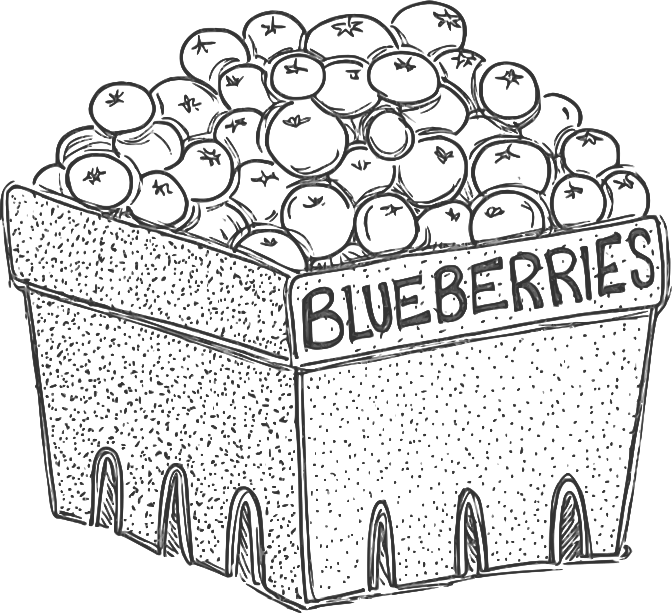Blueberries
Agriculture Research Stations have released many new "half-high" blueberries, making it possible for us to produce reliable crops in Zone 3-4, where most of the standard highbush blueberry cultivars (Bluecrop, Berkeley, Earliblue) sustain frequent extensive winter injury. Seven of these new half-highs were bred using the Ashworth blueberry, which originated here at St. Lawrence Nurseries. The shorter varieties, like Northblue, are readily covered by snowfall, which affords them additional winter protection.
Care: Good blueberry soil should be modified to be on the acidic side; pH 4.0-5.0. A heavy annual application of pine needle mulch can help accomplish this. If more radical acidification is needed, plain sulfur will do the trick. Take time to test the pH of your soil; blueberry plants will be sickly if the soil is not acid enough. Since you will have to provide water and bird protection, plant a small bed or patch rather than a long row. A good, continuous water supply is a must (drip irrigation or overhead), especially during fruit set, enlargement, and ripening. Insufficient water will result in small, poor-quality berries. Screening for birds is necessary as well. A tightly enclosed plastic or wire mesh should be used during the entire ripening period if you expect to get any fruit!
Pollination: Most of our cultivars are self-fruitful. Chippewa and Polaris do require a pollinator of a different variety nearby, but even self-fruitful varieties will have an enhanced crop (quantity as well as fruit size!) with more than one variety in a planting.
Spacing: Northblue and Northcountry should be spaced at 3-4 feet, while Chippewa, Patriot, Polaris and Superior require 4-5 feet between plants. Northland and Nelson should be allowed 5-6 feet between plants.
How long before they fruit?
Blueberries will bear some fruit the second year. They should be producing a good crop 4 years from planting if their cultural requirements are fulfilled.
